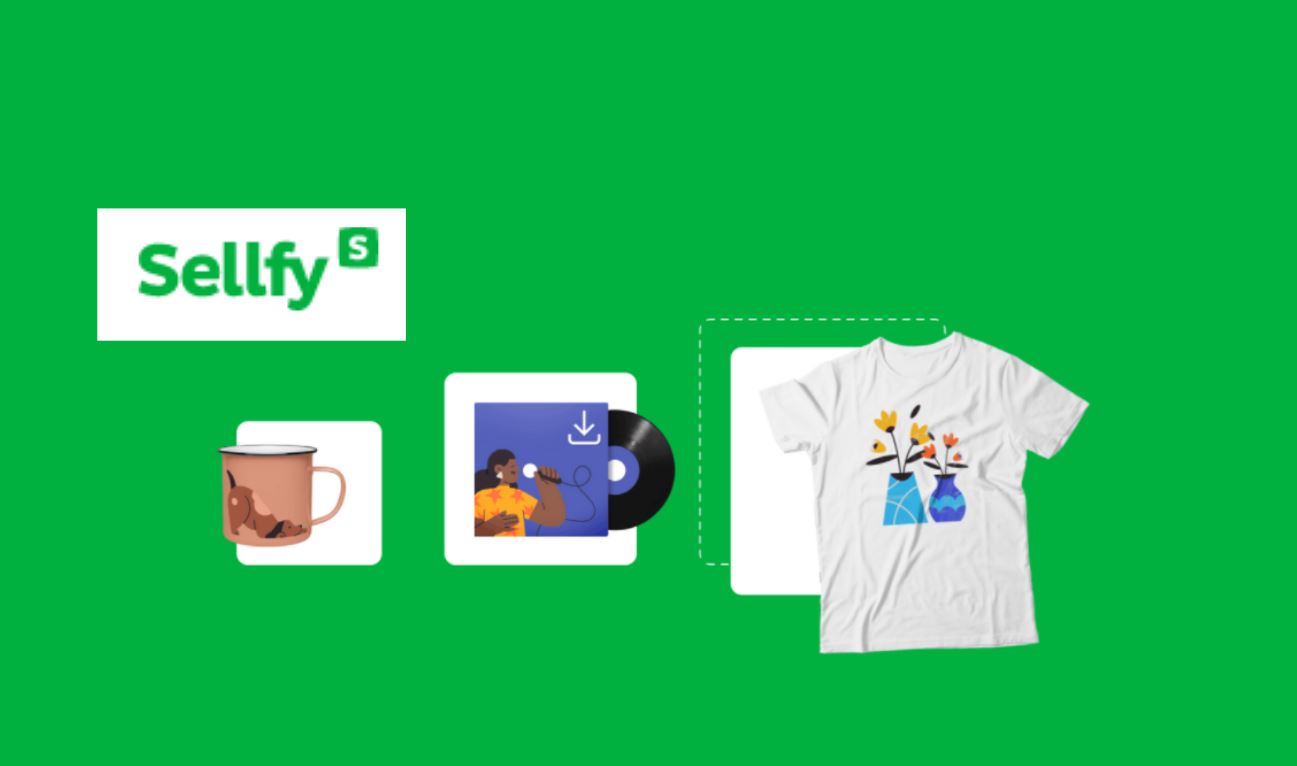If you’re considering integrating the WhatsApp Cloud API for business messaging, you’ve probably encountered the frustration of navigating a fragmented customer communication landscape – like when your customers prefer to reach out via WhatsApp, but your existing systems can’t accommodate that seamlessly. After helping over 50 clients implement this powerful tool into their customer engagement strategies, here’s what actually works.
Understanding the WhatsApp Cloud API
The WhatsApp Cloud API is a game-changer for businesses looking to streamline their messaging. Unlike traditional APIs that require extensive server management, this cloud-based solution simplifies the integration process, allowing businesses to focus on what truly matters: engaging with customers effectively. With WhatsApp’s massive user base – over 2 billion users worldwide – the potential for reaching customers where they are is enormous.
Why Choose the Cloud API?
One of the primary reasons to choose the WhatsApp Cloud API is its scalability. It allows businesses of all sizes to leverage WhatsApp’s capabilities without the overhead of managing servers or worrying about infrastructure. This is especially beneficial for companies experiencing rapid growth or seasonal spikes in customer inquiries. For instance, during the holiday season, a retail company I worked with saw a 300% increase in customer queries through WhatsApp, which they were able to handle efficiently thanks to the Cloud API.
The Integration Process
Integrating the WhatsApp Cloud API involves several critical steps. Here’s exactly how to set it up:
1. Setting Up Your WhatsApp Business Account
Before you can start using the Cloud API, you’ll need a verified WhatsApp Business Account. This is crucial because it allows you to send messages using the API. Follow these steps:
- Download the WhatsApp Business App from the App Store or Google Play Store.
- Register your phone number and fill in your business details.
- Submit your account for verification through the WhatsApp Business API portal.
**Pro Tip:** Verification can take a few days, so factor this into your timeline.
2. Accessing the Cloud API
Once your account is verified, you’ll need to access the WhatsApp Cloud API. Here’s how:
- Visit the Meta for Developers page and create a new app in the Meta Developer Console.
- Navigate to the ‘WhatsApp’ section and follow the prompts to generate your API keys.
- Make sure to store these keys securely; they are essential for your API calls.
Now, here’s where most tutorials get it wrong: they often skip the importance of securely managing these API credentials, which can lead to unauthorized access or data breaches.
3. Configuring Webhooks
Webhooks are critical for receiving real-time updates about messages sent to your business. To set up webhooks:
- In your Meta Developer Console, navigate to the ‘Webhooks’ section.
- Set your callback URL – this is where you’ll receive incoming messages and notifications.
- Subscribe to the events you want to track, such as message delivery and read receipts.
4. Sending and Receiving Messages
With your API keys and webhooks configured, you can start sending and receiving messages. Here’s a simple example using a cURL request:
curl -X POST
https://graph.facebook.com/v13.0/YOUR_PHONE_NUMBER_ID/messages
-H 'Authorization: Bearer YOUR_ACCESS_TOKEN'
-H 'Content-Type: application/json'
-d '{
"messaging_product": "whatsapp",
"to": "RECIPIENT_PHONE_NUMBER",
"text": {
"body": "Hello, this is a message from our business!"
}
}'
This snippet sends a basic text message. You can expand this to include media, buttons, and templates, which brings us to the next key feature.
Leveraging Advanced Features
The WhatsApp Cloud API isn’t just about sending text messages. It offers a suite of features that can enhance your customer communication strategy. Let’s explore some of these capabilities.
Interactive Messages
Interactive messages, such as quick replies and buttons, allow customers to engage more effectively. For instance, a restaurant can send a menu with quick reply buttons for “Order Now” or “Reserve a Table.” This not only simplifies the customer experience but can also increase conversion rates significantly. In fact, one client saw a 25% increase in reservations after implementing interactive buttons.
Rich Media Support
Rich media support allows you to send images, videos, and documents. This can be particularly useful for businesses in industries like retail or real estate. For example, a clothing store can send high-resolution images of new arrivals directly to customers, leading to higher engagement rates. When we helped a local boutique with this, they reported a 40% increase in customer interaction within the first month.
Best Practices for Effective Use
To truly harness the power of the WhatsApp Cloud API, there are some best practices to keep in mind:
1. Personalization is Key
Always personalize your messages. Use the customer’s name and tailor your content based on their previous interactions. This approach can significantly enhance the customer experience and loyalty.
2. Respect Customer Privacy
Never share customer data without consent. WhatsApp is strict about privacy and data security, and violating these principles can lead to account suspension. Always ensure that your communication complies with privacy regulations.
3. Monitor and Adapt
Regularly analyze your messaging metrics. Track open rates, response times, and customer engagement levels to refine your messaging strategy. For instance, if you notice that certain types of messages yield higher engagement, consider focusing on those formats more heavily.
4. Use Chatbots Wisely
Integrating chatbots can automate responses for common inquiries, freeing up your team to handle more complex issues. However, ensure that your bot can seamlessly hand off to a human agent when needed. We learned this the hard way when an over-reliance on automation led to frustrated customers unable to get answers to their unique queries.
Common Pitfalls to Avoid
While the WhatsApp Cloud API is powerful, there are common pitfalls to be aware of:
Never Spam Your Customers
Sending too many messages can lead to customers blocking your number. Always prioritize quality over quantity and respect your customers’ preferences regarding communication frequency.
Don’t Ignore Compliance
Ensure your messaging complies with WhatsApp’s policies and local regulations regarding messaging. Non-compliance can result in account suspension, which can severely impact your business operations.
Conclusion: Elevating Your Customer Engagement Strategy
The WhatsApp Cloud API is a robust tool for businesses aspiring to elevate their customer engagement strategies. By integrating it effectively and following best practices, you can create meaningful interactions that drive customer loyalty and boost sales. Remember, the key to success lies in understanding your customers’ needs and adapting your messaging accordingly. With the right approach, WhatsApp can be more than just a messaging platform; it can be a cornerstone of your customer communication strategy.



